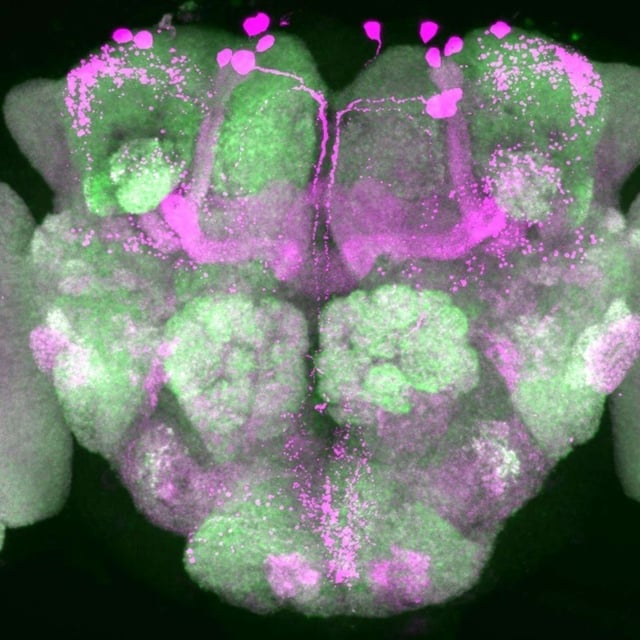Overview
- The Nature study finds an inhibitory visual network blocks routine sensory processing during sleep while a competing activating network remains poised.
- Particularly strong inputs can bypass the inhibition and wake the animal, consistent with the researchers’ “open window” model.
- The team links these openings to short periods between slow, synchronous electrical waves when high voltage may permit information flow.
- Experiments in Drosophila at Charité in Berlin were led by David Owald with Davide Raccuglia and Raquel Suaréz‑Grimalt, leveraging the fly’s compact ~200,000‑neuron brain.
- Authors suggest possible parallels to human thalamic sensory gating and emphasize that confirming such links will require further research.
